It is reassuring to imagine there might be artists labouring away in obscurity who are nevertheless destined to be rediscovered and appreciated by future generations. Reassuring because it suggests art embodies universal and timeless values, and is not always at the whim of fashion, the market or the opinions of art critics.
One English artist who was rediscovered in this way was the Georgian watercolourist, Francis Towne (1739–1816), whose views of Rome are now the subject of an exhibition at the British Museum. Towne had undertaken a drawing tour of Italy in 1780–81 in the hope that by sketching the famous Roman ruins he could invest his art with the classical distinction needed to make his reputation back in England. The tour was to be a transformative experience, and the sketches he produced became the reference works for the rest of his career. But it did not bring him the professional advancement he had hoped for – although he enjoyed modest success and affluence as a drawing master in his home town of Exeter, he was snubbed by the London art establishment, failing to get elected to the Royal Academy despite repeated attempts over a 15-year period.
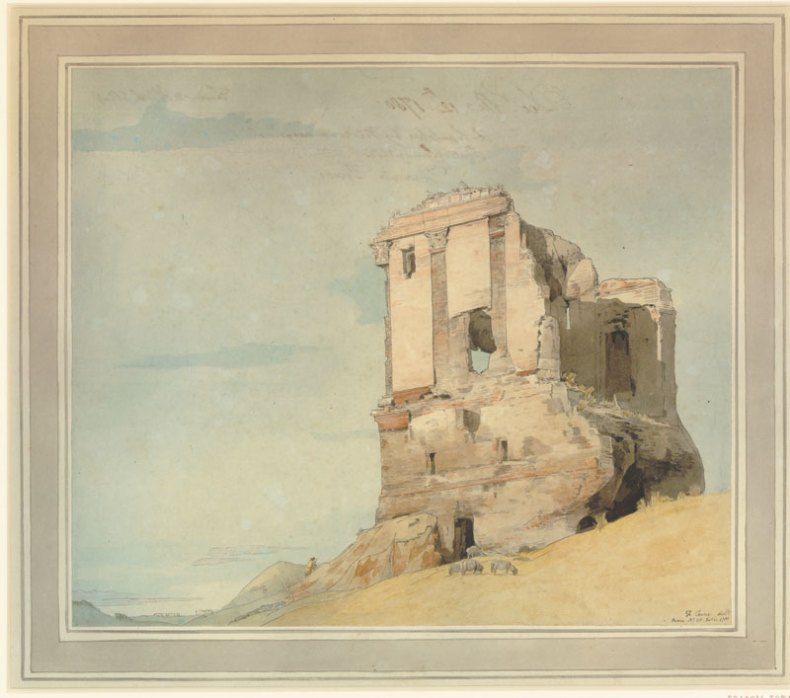
A Sepulchre by the road between Rome and the Ponte Nomentana (1780), Francis Towne © The Trustees of the British Museum
He would probably have remained an obscure provincial artist, had it not been for his rediscovery in the early 20th century. Scholars and curators then looked anew at his watercolours and identified something pioneering in the way he had rigorously condensed the Roman landscape and its ruins to spare, simplified forms and flat planes of colour. This re-evaluation of Towne’s work was part of a broader revival of interest in Georgian culture at the time, but the formal, lucid qualities of Towne’s compositions also had a special appeal to modernist tastes. His work was celebrated as proto-modern, too ahead of its time to be properly appreciated by his contemporaries. It continues to be highly regarded today, though the field of early English watercolours is perhaps too specialist for Towne ever to become a household name.
The reappraisal of Towne’s art that took place a century after his death would not have been possible if he had not taken steps to secure his own legacy. In 1805, having finally given up any hope of getting elected to the Royal Academy, he made the bold move of organising a retrospective exhibition of his work in London, in which his sketches of Rome took pride of place. He then bequeathed these cherished watercolours to the British Museum, the first artist to make such a gift. The current exhibition celebrates the bicentenary of Towne’s death in 1816 and his historic bequest. On display are 52 of his views of Rome made on that brief but productive study tour.
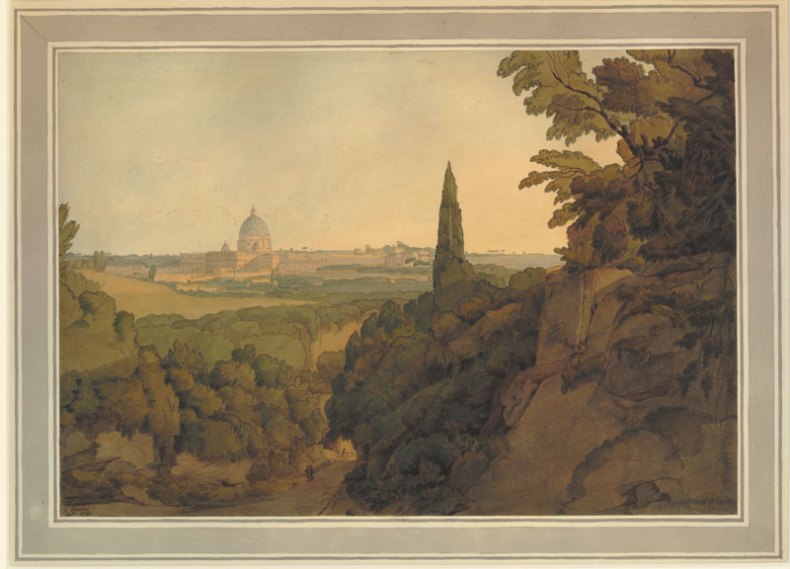
St Peter’s at sunset, from above the Arco Oscuro (1781), Francis Towne © The Trustees of the British Museum
There was nothing ground-breaking in Towne’s approach to depicting these landscapes; his method of delineating shapes in pen and ink which he then overlaid with washes of watercolour was a well-established topographical drawing technique. But struck by the strong Mediterranean light falling across the decayed magnificence of the ruins he found a new boldness in his compositions and a greater clarity and determination in his drawing.
The hot Italian sunshine did not dull his strong sense of purpose or his work ethic. It is abundantly clear from the long sequence of studies presented here how diligently Towne went about his labours, methodically building up a stock of images that would become his working capital once he returned to England. Rigour, determination, discipline – these are the qualities that are expressed in his Roman drawings, rather than an urge to innovate or experiment, as his 20th-century admirers might have imagined. Towne’s art mirrored his character: ‘His conduct was regular & his manner formal’ was how one contemporary, the diarist Joseph Farington described him.
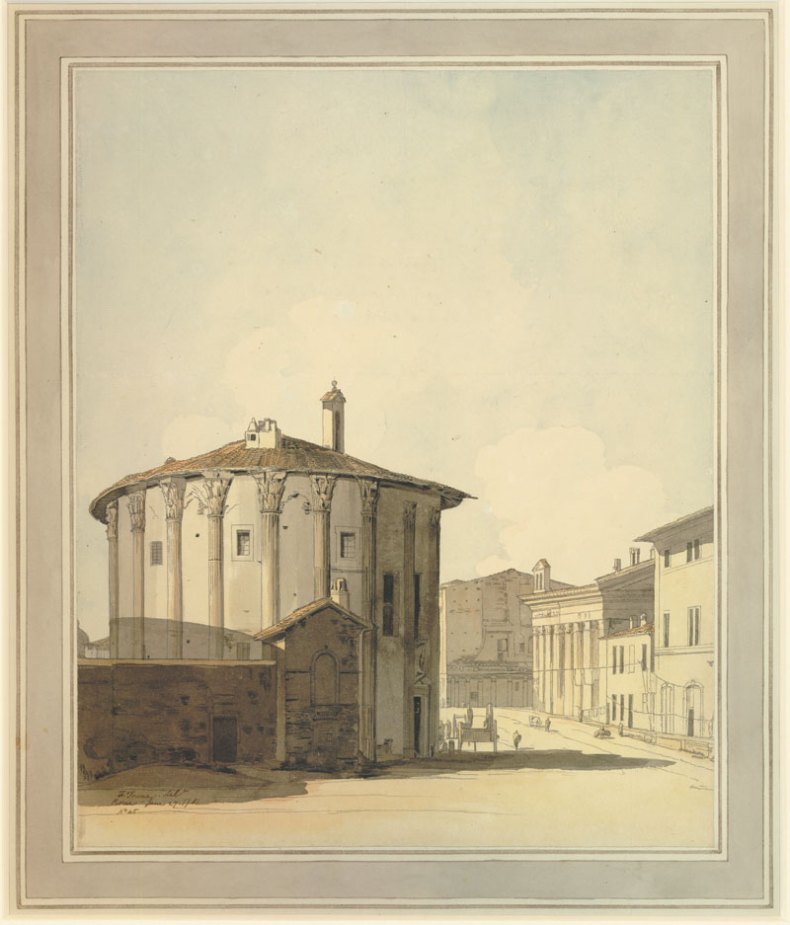
The Temple of Vesta (1781), Francis Towne © The Trustees of the British Museum
An understanding of Towne’s work ethic is relevant to the overarching argument that the British Museum’s exhibition seeks to make, which aims to resituate his art within the context of contemporary moral and political attitudes. For Towne, and the provincial circles in which he moved, regarded the ruins of ancient Rome not simply as monuments of a classical culture, but more significantly as a warning to the present of the downfall that surely awaited British society if it was lured by luxury and corruption away from industry and civic virtue. The controlled, austere, unemotional aesthetic that Towne developed to describe these ruins can be seen as an expression of these sentiments. It is perhaps no surprise then that his work was rejected by the London art establishment, given that it contained a reproof to what were regarded as the decadent cultural values of the metropolitan elite.
What do we make of Towne’s watercolours today, now that they have been returned to their own time and cleansed of later modernist inflections? They still retain a beguiling beauty that cannot be fully rationalised by art historical explanations. Towne’s analytical structuring of the landscape evokes a palpable stillness and solemnity, and yet there is a pleasing tension between the firmness of his pen outlines and the softness of the washes in their muted palette of olive greens, pale ochres and pinks. The drama is not in the colours, but in the slanting shadows across the broken masonry, and the play of positive and negative spaces created by the overlapping foliage and the gaps in the ruins.
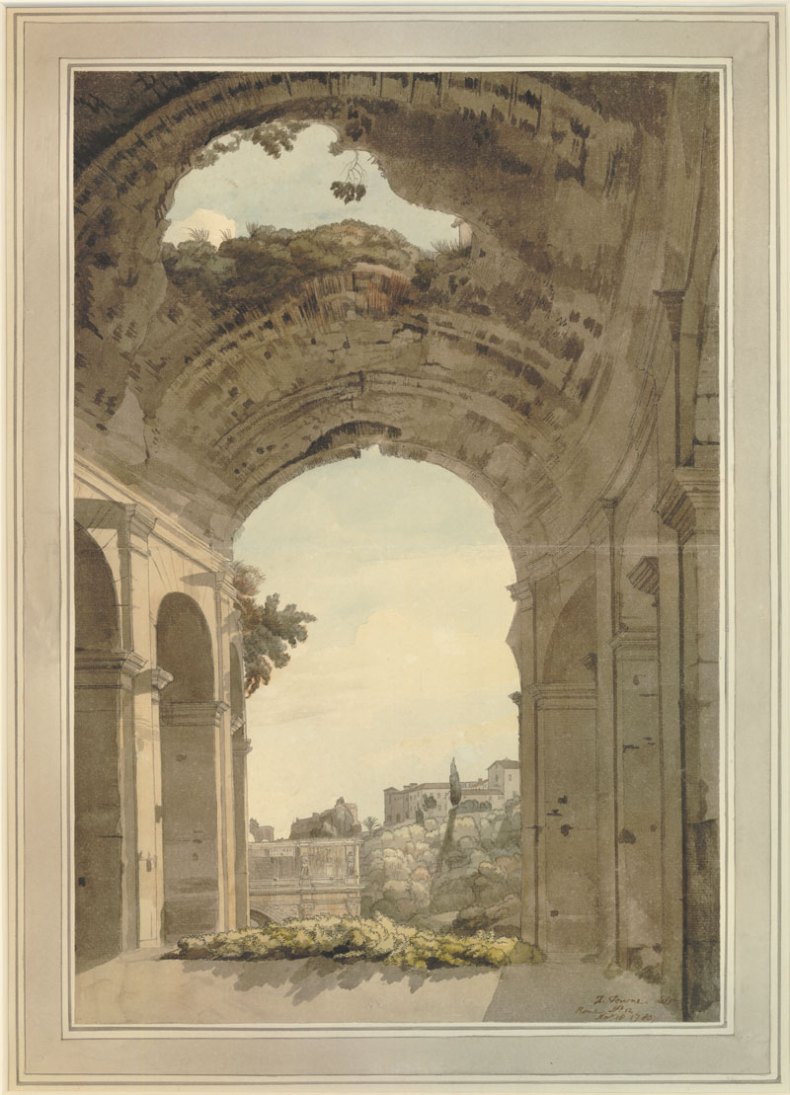
Inside the Colosseum (1780), Francis Towne © The Trustees of the British Museum
The British Museum and its guest curator, Richard Stephens, have done an expert job in presenting these watercolours so that they can be understood and appreciated afresh. And this exhibition is a timely reminder that the value and meanings attached to museum objects can fluctuate greatly over time, and acquisition and holding policies should therefore take a long-term view. A reminder too of the vital role that curators play in the often unglamorous work of going back and cataloguing, reassessing and re-presenting collections so that forgotten gems like Francis Towne’s watercolours can be brought once more into the light.
‘Light, time, legacy: Francis Towne’s watercolours of Rome’ is at the British Museum, London, until 14 August.
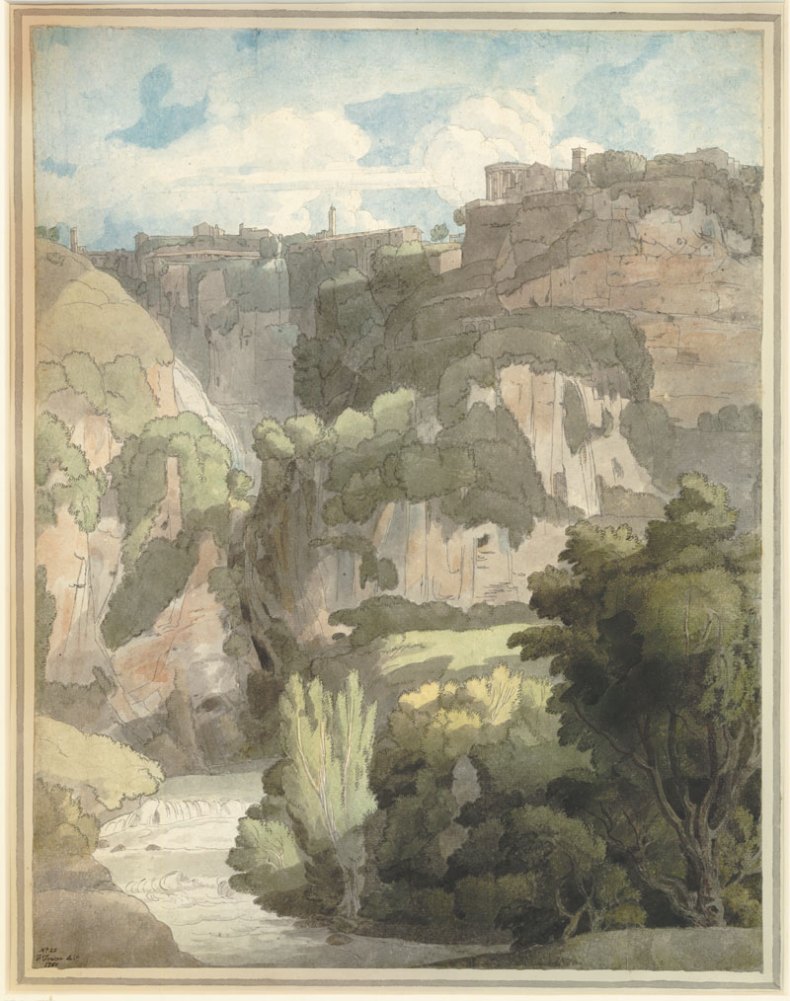
The Grand Cascade, Tivoli (1780), Francis Towne © The Trustees of the British Museum
Unlimited access from just $16 every 3 months
Subscribe to get unlimited and exclusive access to the top art stories, interviews and exhibition reviews.

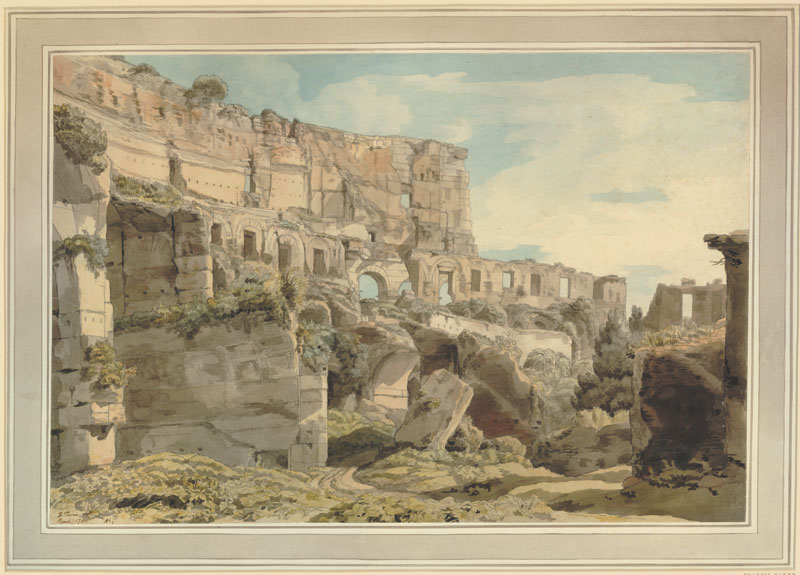
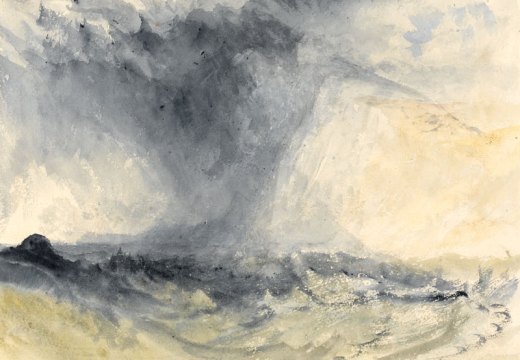
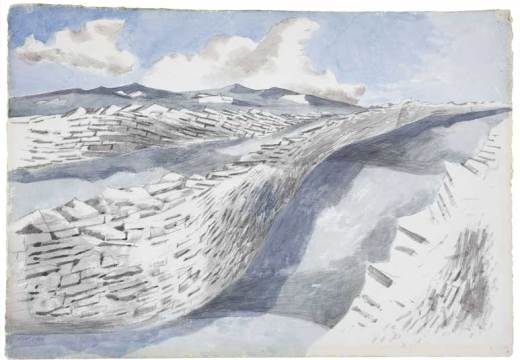
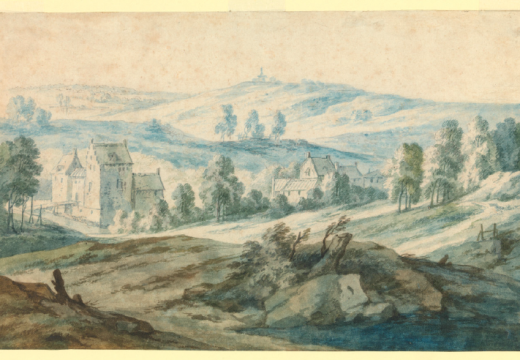









![Masterpiece [Re]discovery 2022. Photo: Ben Fisher Photography, courtesy of Masterpiece London](http://www.apollo-magazine.com/wp-content/uploads/2022/07/MPL2022_4263.jpg)
It’s time for the government of London to return to its rightful home